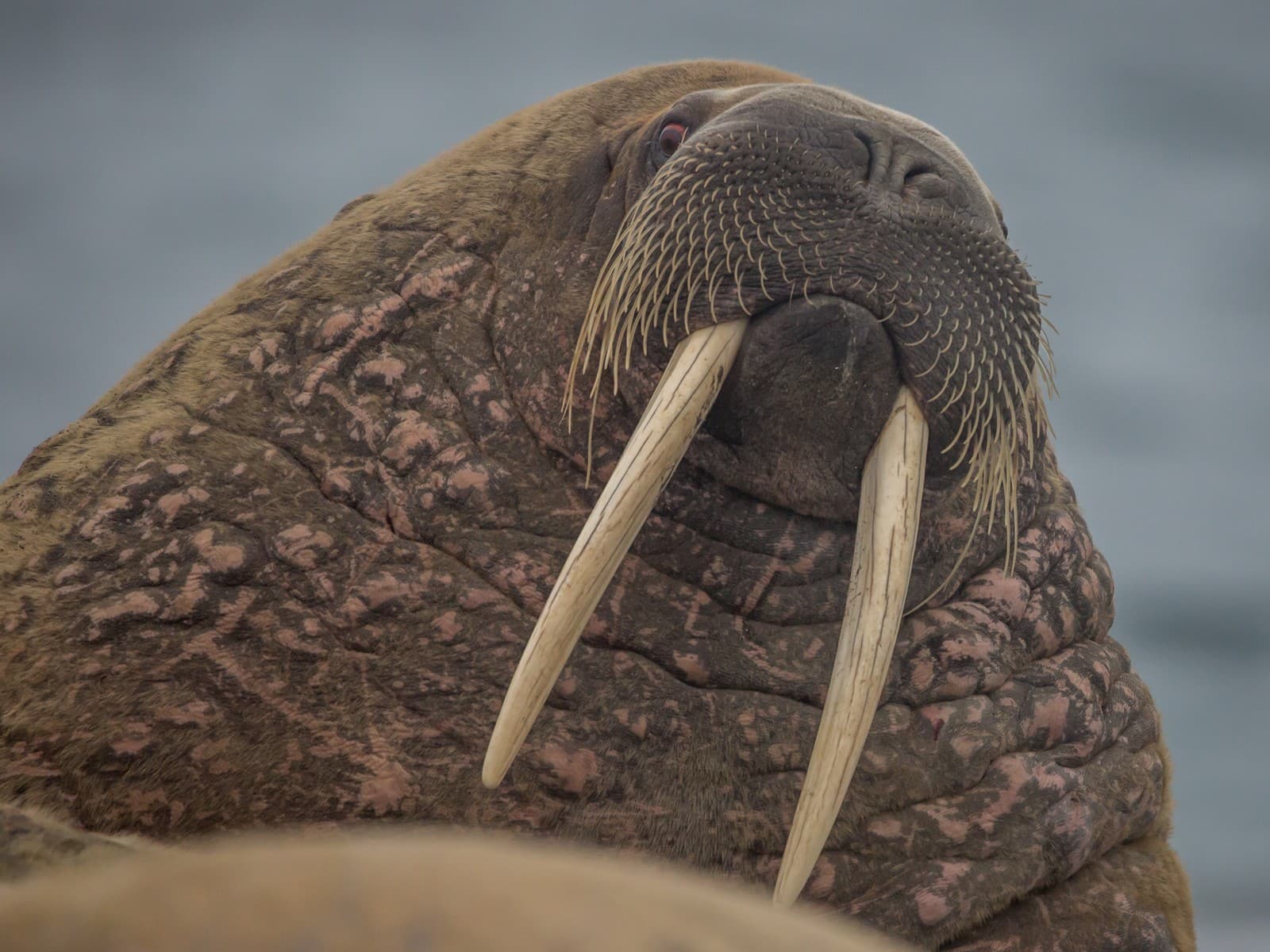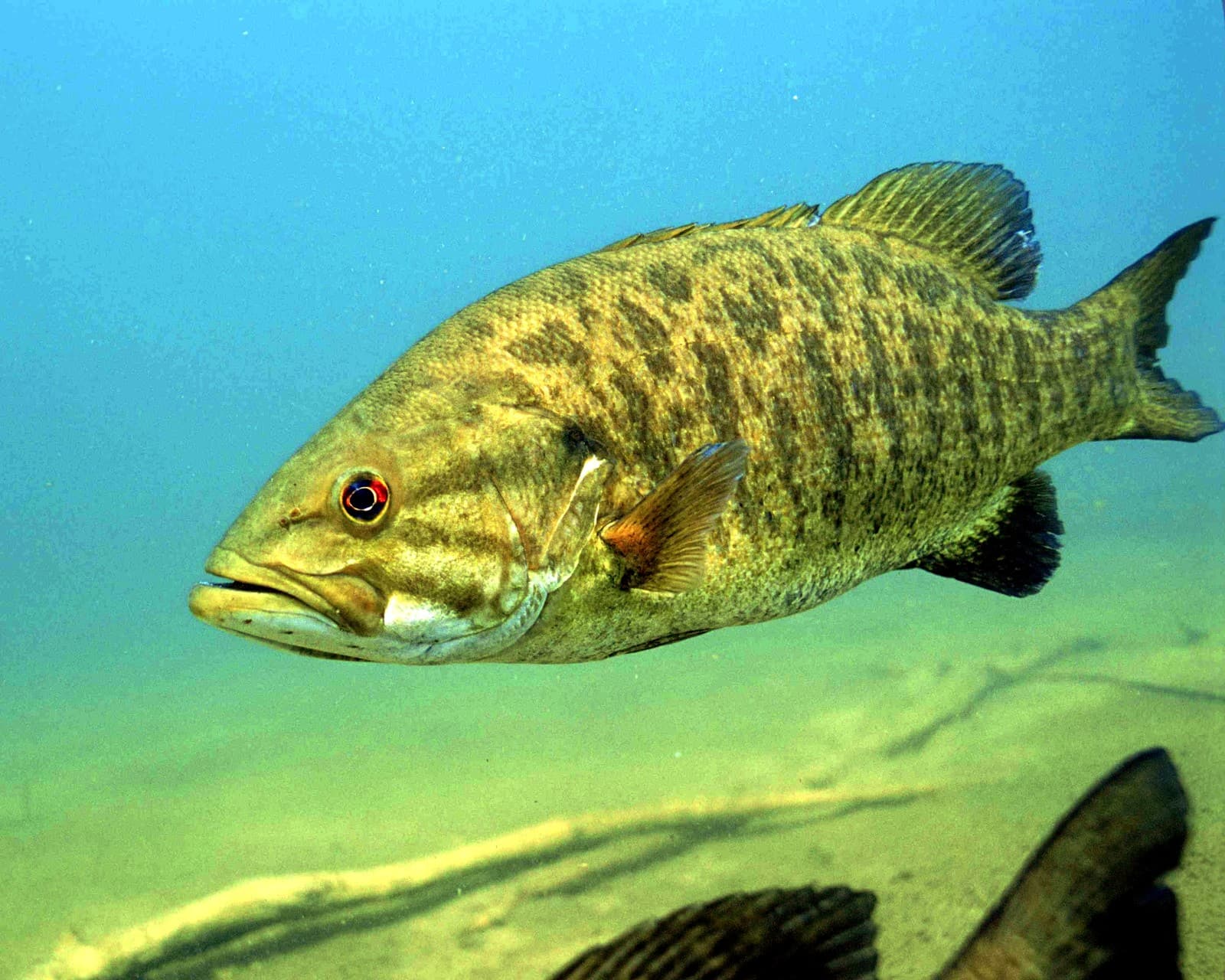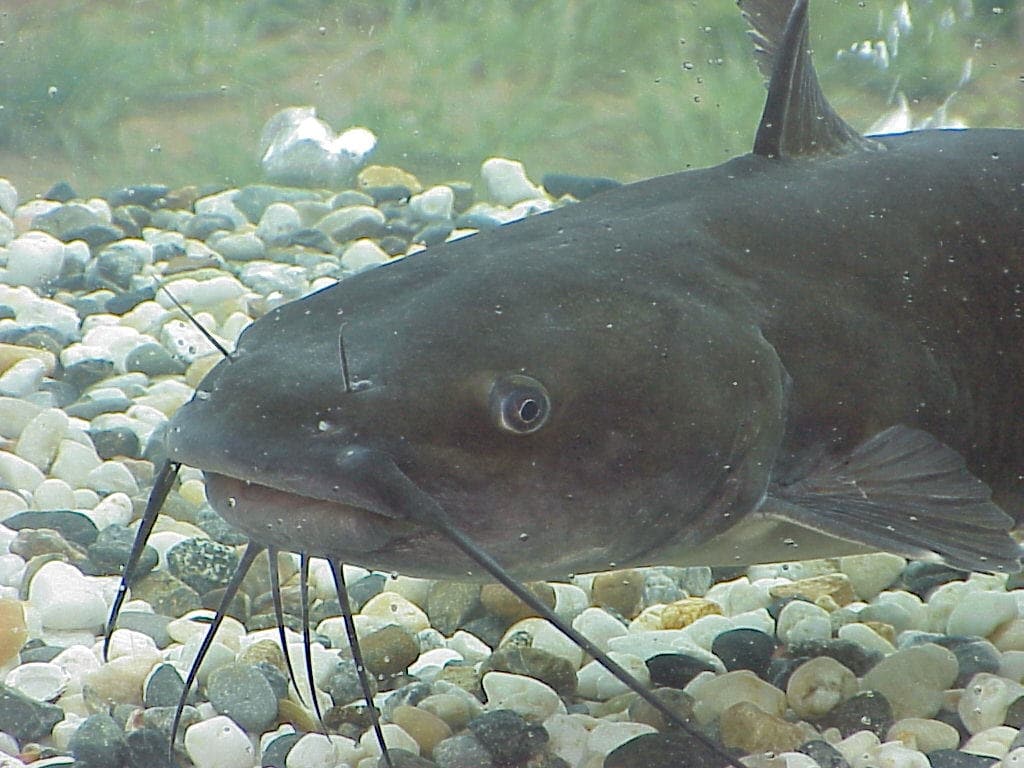Colossal Squid vs Giant Squid: A Complete Comparison
In the murky depths of the world’s oceans, two legendary cephalopods reign supreme: the Colossal Squid (Mesonychoteuthis hamiltoni) and the Giant Squid (Architeuthis dux). While often confused, these deep-sea titans possess distinct characteristics that set them apart. The Colossal Squid can reach estimated weights of 1,100 pounds (500 kg), significantly heavier than its cousin, the Giant Squid, which typically weighs around 440 pounds (200 kg).
These mysterious creatures have captured human imagination for centuries, yet they inhabit such extreme depths that scientific observation remains challenging. The primary distinction in the Colossal Squid vs Giant Squid comparison lies not just in their size, but in their anatomical features, hunting strategies, and geographical distribution.
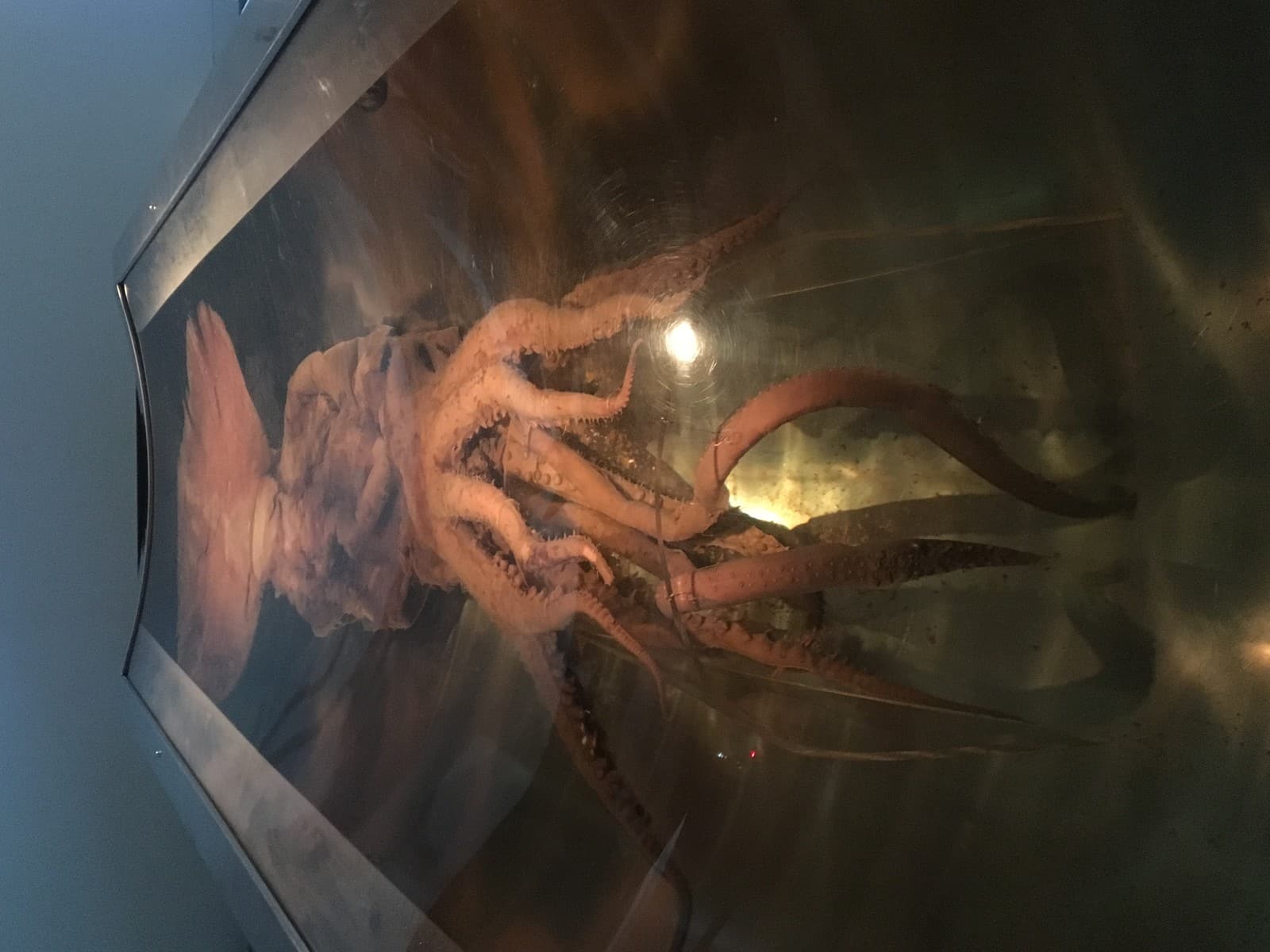
© Scotted400 / CC BY-SA 4.0
The Colossal Squid, photographed here in its preservation tank, showcases its distinctive features including the fearsome rotating hooks that line its arms and tentacles. This specimen represents one of the few intact examples ever documented, offering rare insights into the species’ unique adaptations for deep-sea survival.
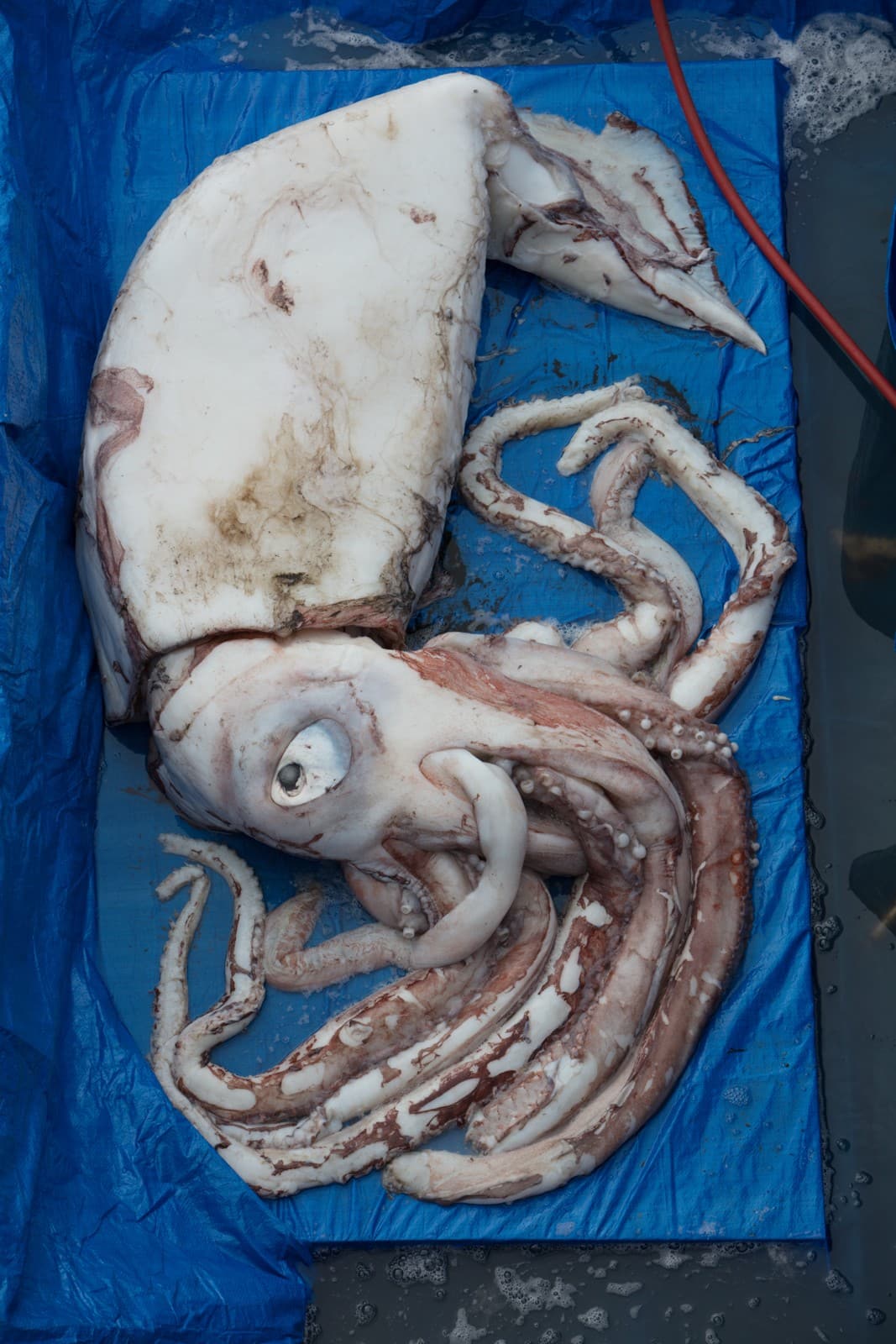
© Auckland War Memorial Museum / CC BY 4.0
This remarkable Giant Squid specimen demonstrates the species’ characteristic long, streamlined body and impressive tentacle length. Note the distinctive arrangement of suction cups along its arms, a key feature distinguishing it from its Colossal cousin.
Key Differences Between Colossal and Giant Squid
| Feature | Colossal Squid | Giant Squid |
|---|---|---|
| Maximum Weight | 1,100 lbs (500 kg) | 440 lbs (200 kg) |
| Body Shape | Broader, more muscular | Longer, more streamlined |
| Tentacle Armament | Rotating hooks and suckers | Primarily suckers |
| Habitat Depth | 3,300-6,600 ft (1,000-2,000 m) | 980-3,280 ft (300-1,000 m) |
| Geographic Range | Antarctic waters | Worldwide temperate waters |
| Eye Size | Up to 16 inches (40 cm) | Up to 10 inches (25 cm) |
Hunting and Behavior
The Colossal Squid employs a unique hunting strategy, using its larger muscle mass and rotating hooks to grapple with prey. These hooks, combined with sharp beaks and serrated suckers, make it one of the ocean’s most formidable predators. In contrast, Giant Squids rely on their superior speed and longer reach, using their traditional suckers to secure prey.
Habitat and Distribution
While Giant Squids enjoy a cosmopolitan distribution throughout the world’s temperate oceans, Colossal Squids remain primarily confined to the Antarctic waters. This geographical separation has led to distinct evolutionary adaptations, with the Colossal Squid developing enhanced cold-water survival mechanisms.
Who Would Win in a Confrontation?
Based on scientific analysis of their physical attributes, a confrontation between these species would likely favor the Colossal Squid. Its advantages include:
- Greater body mass and muscular strength
- More sophisticated weaponry (rotating hooks)
- Larger eyes for better visual acuity
- More robust body structure
However, such encounters are unlikely in nature due to their different habitat preferences and depth ranges.
Conservation Status
Both species face similar challenges from climate change and ocean acidification, though direct human impact remains minimal due to their deep-sea habitats. Scientists continue to study these remarkable creatures through rare specimens and increasingly sophisticated deep-sea observation techniques.
Scientific Significance
Recent technological advances have revolutionized our understanding of both species. ROV footage and advanced tracking systems reveal new insights into their behavior patterns, feeding strategies, and ecological roles within the deep-sea ecosystem. These discoveries continue to reshape our understanding of marine biodiversity and the evolution of intelligence in cephalopods.
Understanding the distinctions between Colossal Squid vs Giant Squid remains crucial for marine biology and ocean conservation efforts. As we continue to explore the depths, these mysterious giants remind us of how much remains to be discovered in our planet’s oceans.



